• Adenovirus Service • AAV Service • Lentivirus Service • Retrovirus Service



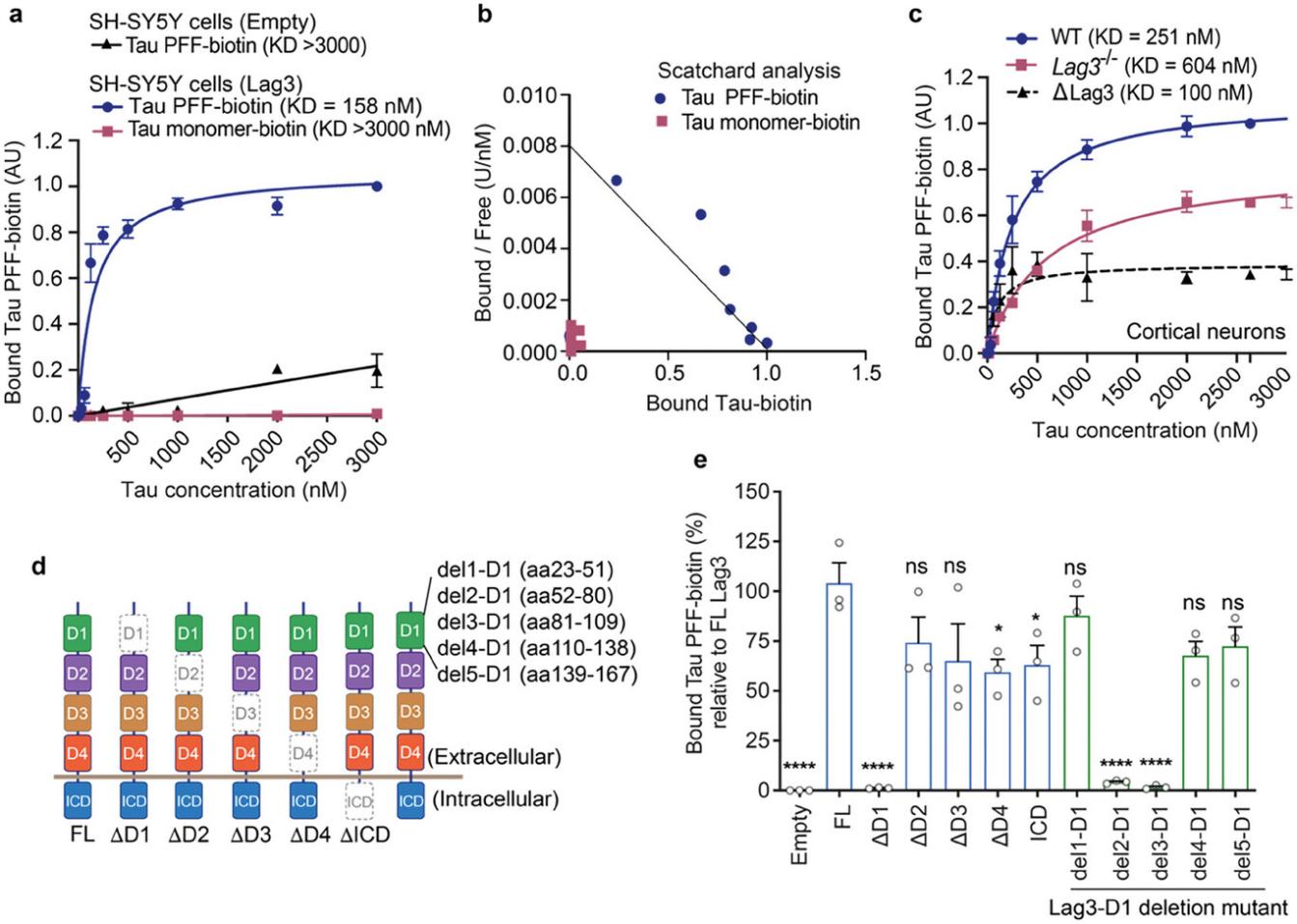
Recently, researchers at Johns Hopkins University in the United States discovered that lymphocyte activation gene-3 (Lag-3) in neurons is a specific receptor for tau PFF in the brain and can promote the spread of tau PFF between neurons. In addition, they observed that Lag-3 knockout in neurons significantly reduced the endocytosis of tau PFF and reduced its spread between neurons. Researchers also observed a similar phenomenon in conditional knockout mice of Lag-3 neurons. This result also means that Lag-3 may be used as a potential therapeutic target for AD and related tauopathies. Relevant research was published in Advanced Science.
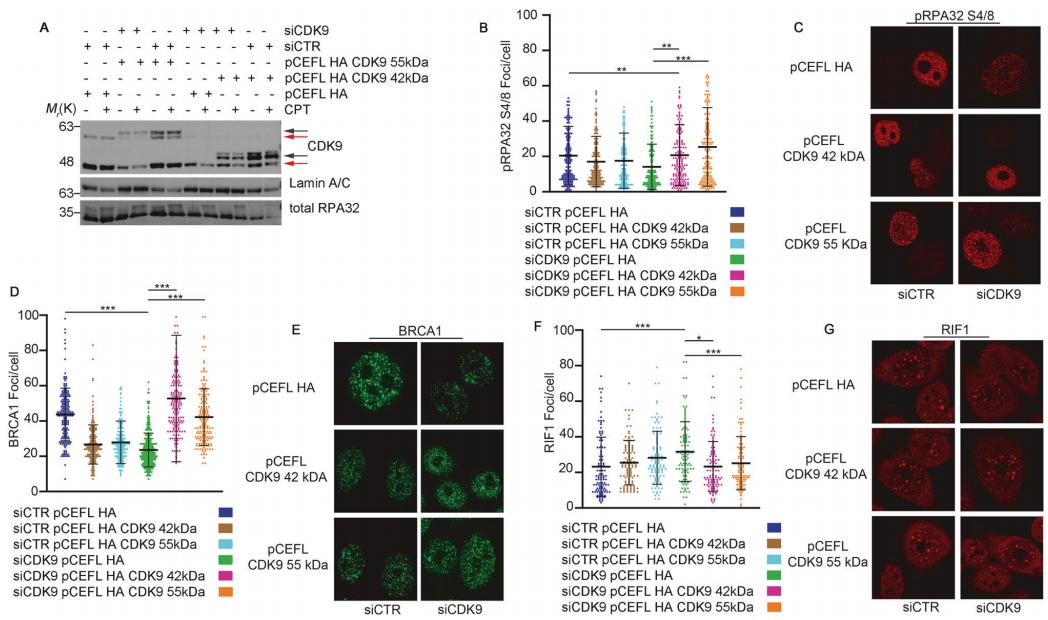
DNA double-strand breaks (DSBs) lead to genomic instability and are a key feature of cancer development. DSBs are mainly repaired through homologous recombination (HR) and non-homologous end joining (NHEJ).
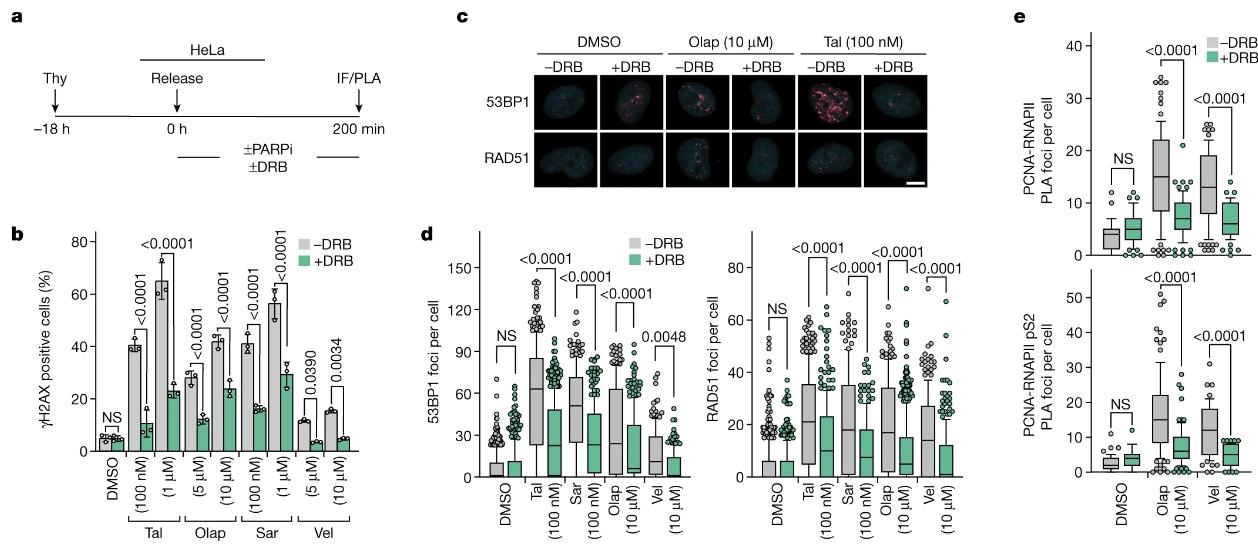
Some anti-cancer therapies not only target tumor cells but also affect healthy cells in the body. If the effect on healthy cells is too strong, the use of this anti-cancer therapy may be limited.
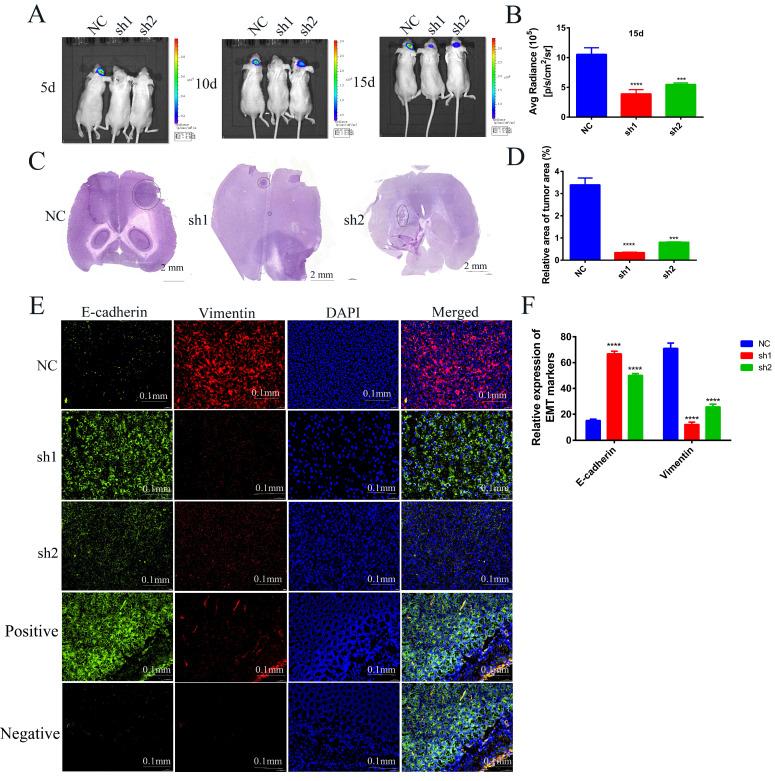
Glioblastoma multiforme is a common malignant tumor of the central nervous system and one of the diseases that seriously threatens human health. Due to the rapid proliferation, migration, and invasion of glioma cells, as well as their ability to stimulate angiogenesis, gliomas grow in an aggressive and expansile manner and subsequently progress to higher grades. The current standard treatment for patients with glioma is surgical resection, followed by radiation therapy and adjuvant chemotherapy.

Understanding the cellular processes that underlie the development of early-stage lung adenocarcinoma (LUAD) is necessary to design interventions. Recently, in a research report titled "An atlas of epithelial cell states and plasticity in lung adenocarcinoma" published in the international magazine Nature, scientists from the University of Texas MD Anderson Cancer Center and other institutions have constructed a new map of lung cells through research. The study reveals new cellular pathways and precursors in the development of lung adenocarcinoma, and related findings may help develop new strategies to detect or block the progression of the disease at an early stage.
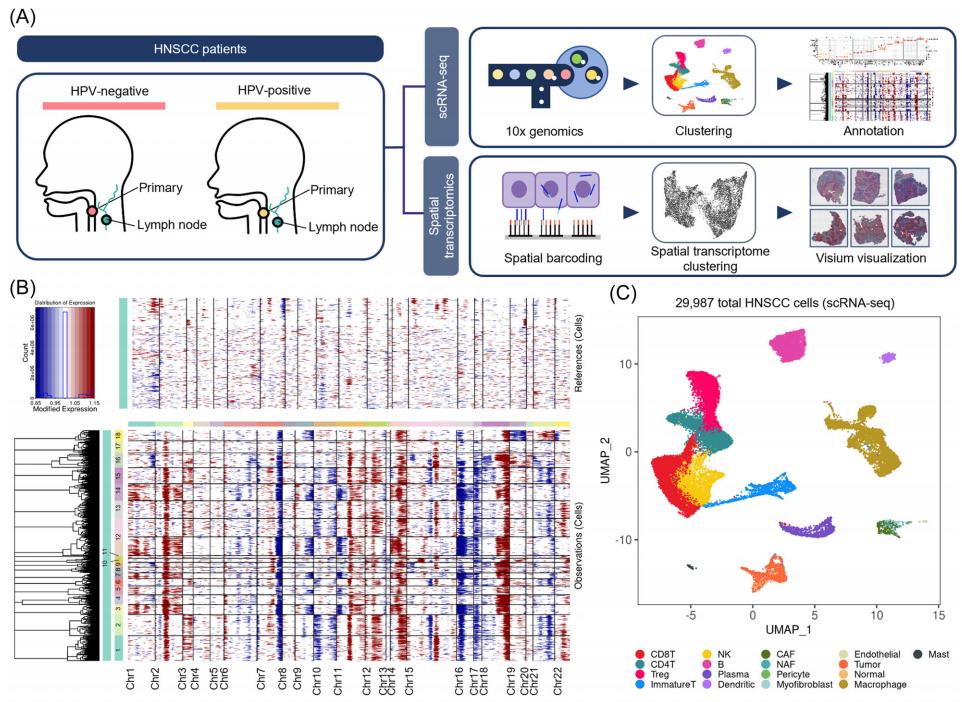
Head and neck squamous cell carcinoma (HNSCC) is a type of cancer that affects the mucosa of the oral cavity, nasal cavity, and throat. Its occurrence is often associated with tobacco exposure, alcohol abuse, and viral infections. Currently, researchers are unclear about the association between human papillomavirus (HPV) infection status and molecular characteristics of HNSCC.
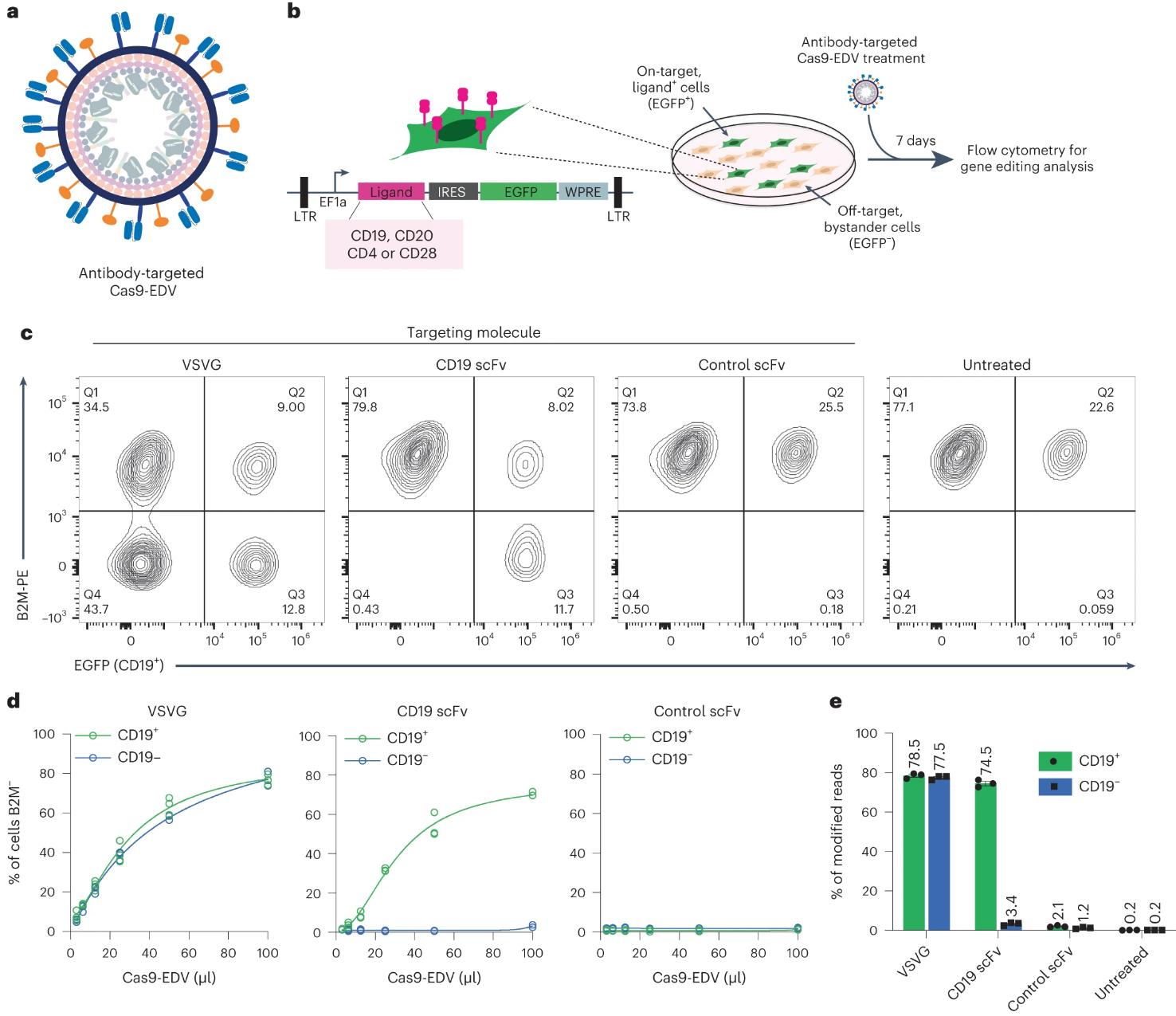
Most currently approved gene therapies, including those involving CRISPR-Cas9, involve gene editing of cells removed from the body outside the body and then infusing the edited cells back into the patient. This technology is ideal for targeting blood cells. Newly approved CRISPR gene therapies to treat blood diseases such as sickle cell anemia use this approach, in which gene-edited blood cells are reinfused into the patient after chemotherapy has destroyed the patient's bone marrow.

Recently, Zhang Feng's team from the Broad Institute published a research paper titled "Human paraneoplastic antigen Ma2 (PNMA2) forms icosahedral capsids that can be engineered for mRNA delivery" online in PNAS. The study systematically explored human PNMA proteins and found that human cells secrete many PNMAs.
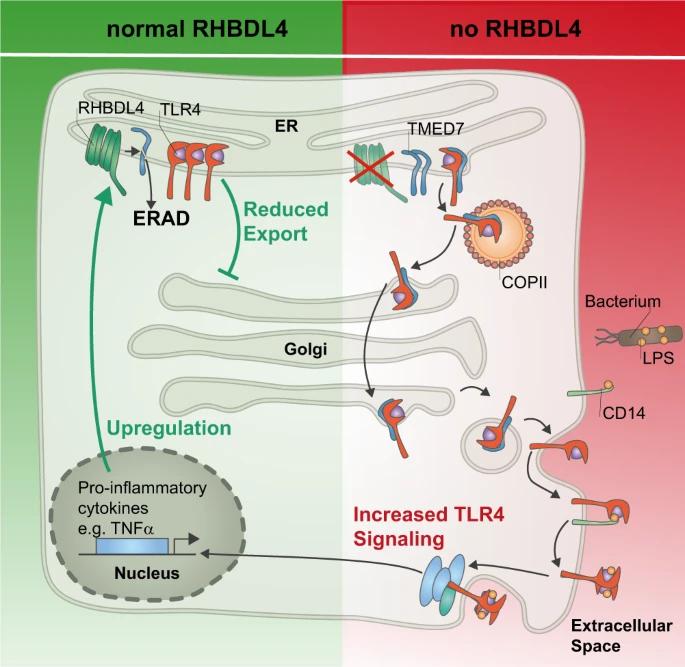
Toll-like receptor 4 (TLR4) is a central regulator of the body's innate immunity. It can mainly recognize bacterial lipopolysaccharide cell wall components and induce the release of cytokines. Recently, in a research report titled "RHBDL4-triggered downregulation of COPII adapter protein TMED7 suppresses TLR4-mediated inflammatory signaling" published in Nature Communications, scientists from the University of Cologne and other institutions found that the intramembrane protease RHBDL4 may be able to effectively prevent the body's excessive immune response. In the article, the researchers found that cleavage of cargo receptors by so-called intramembrane proteases reduces the localization of central immune receptors on the cell surface, thereby reducing the risk of an overreaction by the body's immune system.

Every hug, every handshake, every deft movement requires tactile perception, so it is important to understand the molecular basis behind the occurrence of touch. Until now, researchers knew that an ion channel called Piezo2 was required for touch perception, but it became clear that the protein alone did not explain the body's entire touch perception.